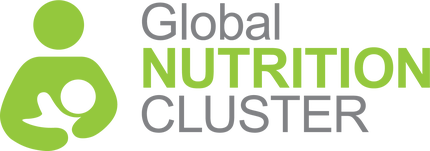Request support on coordination, information management, integration for nutrition outcomes or technical nutrition in emergencies assistance.
التماس الدعم لتنسيق التغذية وإدارة المعلومات والتغذية في حالات الطوارئ
Demander un appui pour la coordination de la nutrition, la gestion de l'information et la nutrition dans les situations d'urgence
Buscar apoyo para la coordinación de la nutrición, la gestión de la información y la nutrición en situaciones de emergencia
Solicite apoio para coordenação em nutrição, gestão de informação e nutrição em emergências
Roughly one in 6 people worldwide have a disability and experience a host of additional risks and challenges because of the barriers they face. For example, persons with disabilities are twice as likely to develop conditions such as asthma and diabetes and have a life expectancy up to 20 years shorter than those without disabilities.
Persons with disabilities face numerous health inequities that make accessing the support they need much harder. Stigma and discrimination can isolate them while a lack of accessibility in health and social service provision can leave their needs unmet.
Additionally, children with disabilities disproportionately experience higher rates of malnutrition and face numerous barriers to accessing the nutrition care and support they need. They are almost three times more likely to be underweight and nearly twice as likely to experience stunting and wasting compared to children without a disability. They are also more likely to miss school, where nutrition programs such as screening and school feeding are frequently delivered.
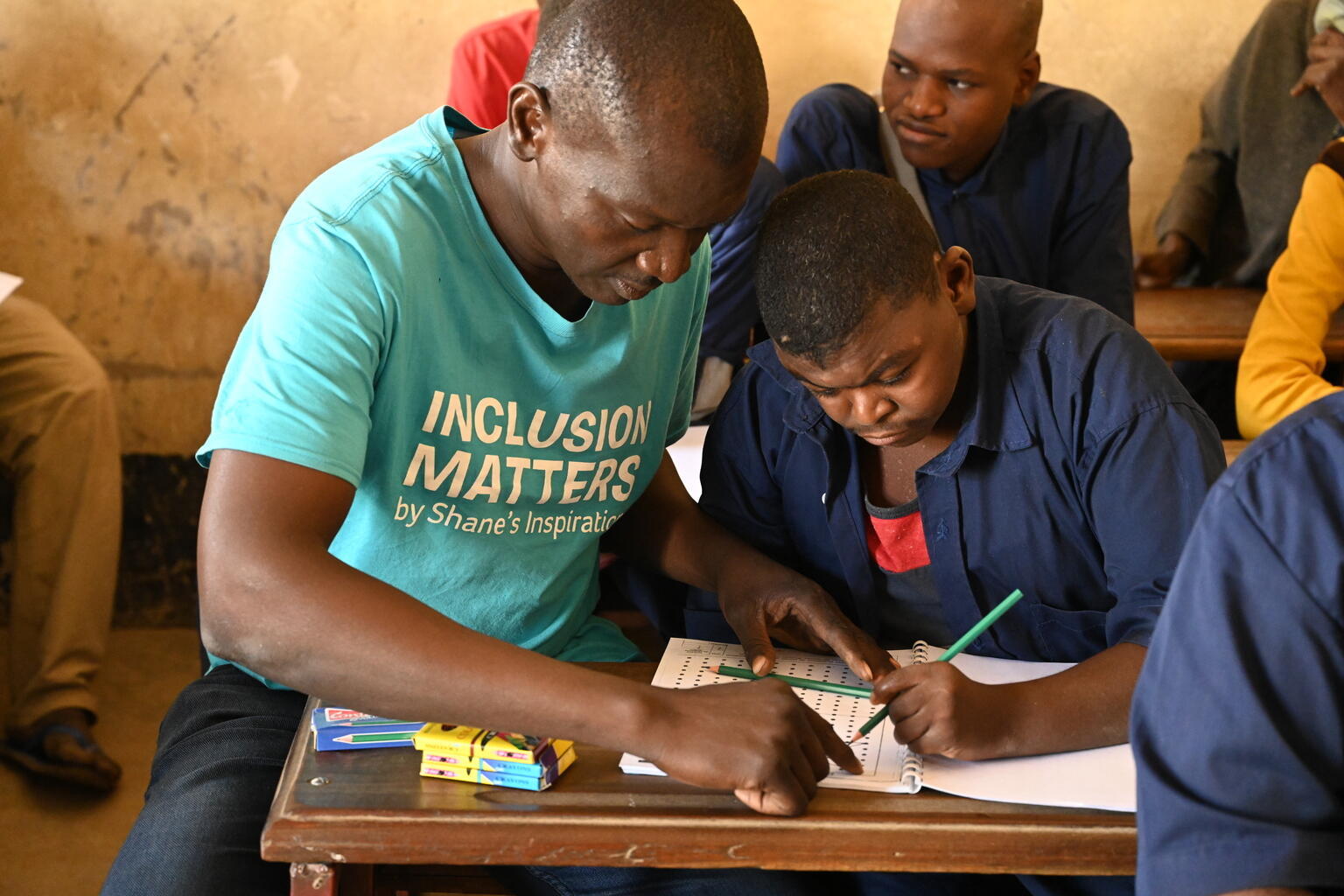
Oftentimes, measurement methods might overlook their needs, not be adapted to their physical requirements, or nutrition information might not address their specific requirements. Other times, it is a lack of sufficient nutrition that can eventually lead to a disability – like blindness or early child childhood stunting, which is known to trigger physical, sensory, and/or intellectual disabilities. This means that disability can be both the cause of malnutrition and the consequence of being malnourished.
The link between disability and nutrition simply cannot be ignored. Adequate and appropriate measures to include persons with disabilities must be factored into any nutrition response.
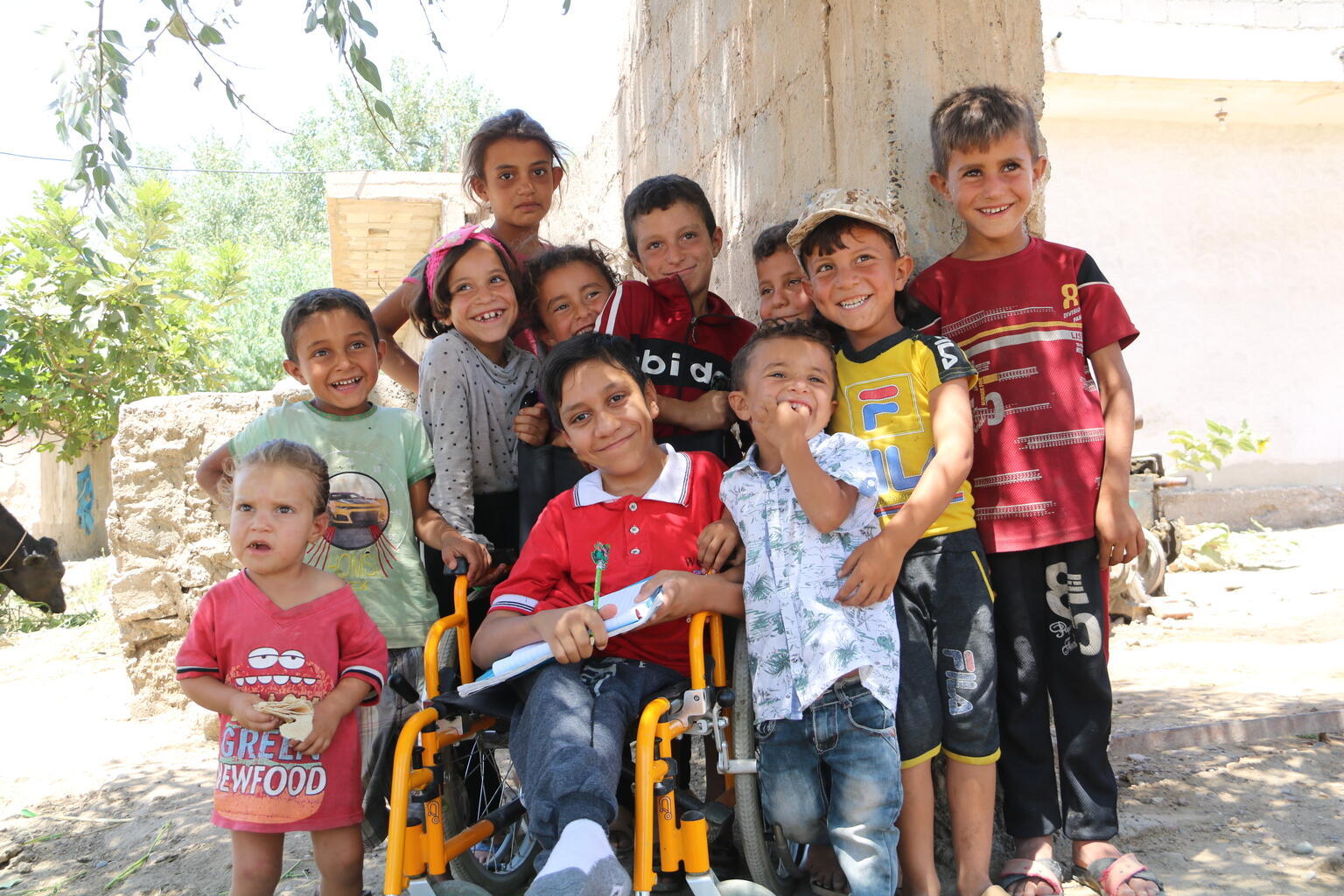
What concrete actions can you take to ensure that the needs of persons with disabilities are appropriately addressed in your nutrition response? We’ve compiled eight actions for you:
1. Check in with your regional cluster
Conduct a review of how well your regional cluster is integrating disability inclusion in its work. UNICEF has created a useful checklist of essential actions that clusters can take to ensure inclusion for persons with disabilities.
UNICEF has also created a short online training for cluster members. Both tools can be useful to start these important discussions.
>> UNICEF – Cluster coordination essential actions on disability inclusion
>> UNICEF – Disability inclusion in humanitarian coordination
2. Review your data collection tools
Take a closer look at the tools you use to collect data – including your needs assessment and monitoring tools – to assess how well they factor in the needs of persons with disabilities.
You can integrate the Washington Group on Disability Statistics’ short set of questions on functioning, which are based on the World Health Organization’s International Classification of Functioning, Disability, and Health (ICF) and are an important tool for disaggregation of data.
>> Washington Group – Short Set on Functioning Questions
3. Find partners in your area
Identify and reach out to local organizations of persons with disabilities to explore how you can work together. As experts with lived experience, they can offer a wealth of knowledge as to how you can improve your services for persons with disabilities.
UNICEF has also created a tip sheet with concrete suggestions on how you can engage with organizations of persons with disabilities in humanitarian action.
>> UNICEF – Engaging with organizations of persons with disabilities in humanitarian action
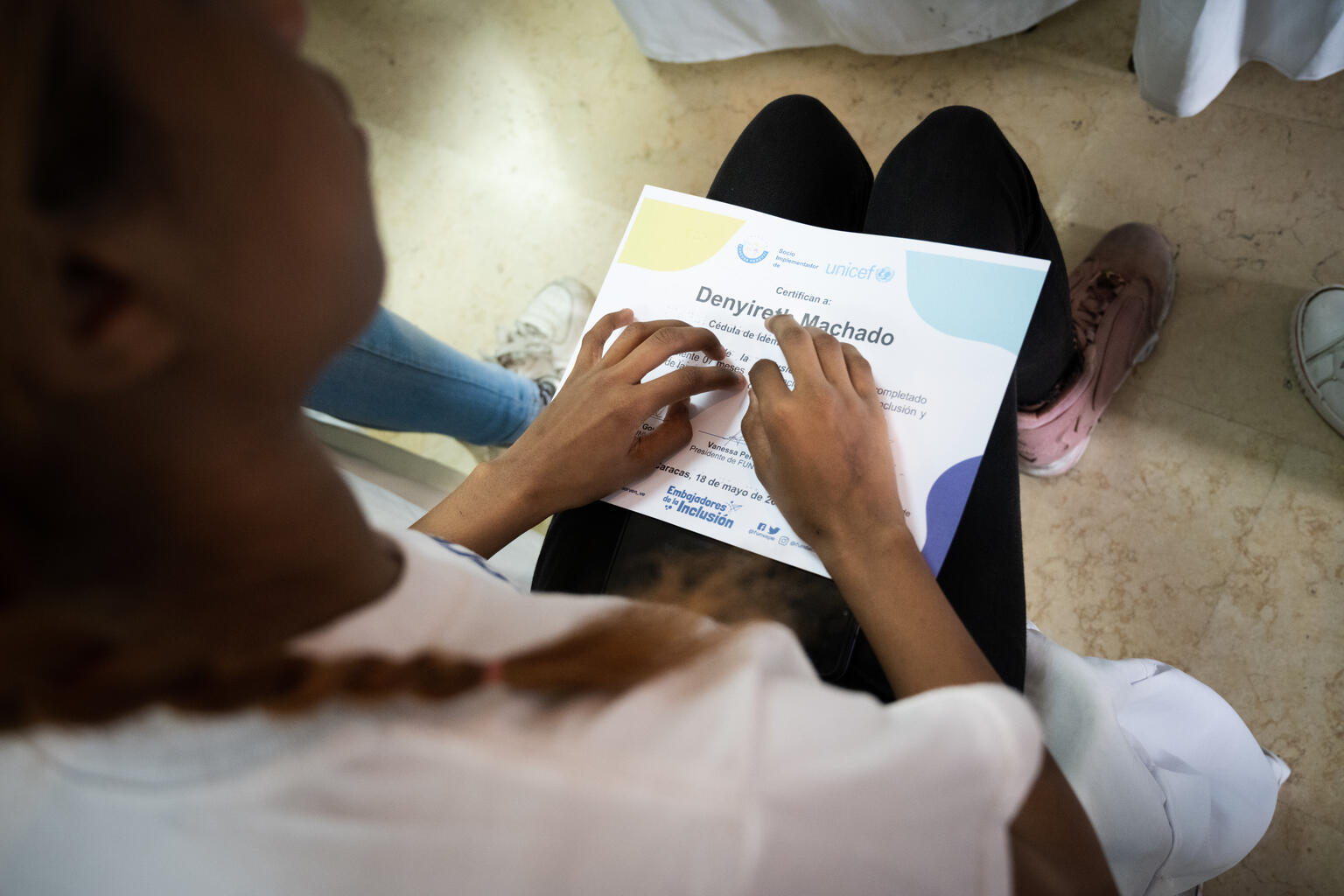
4. Level up your knowledge
Organize a training for your team or for your cluster partners about disability inclusion. Reach out to organizations of persons with disabilities to see if they can offer their expertise or are willing to conduct a training. They are your best resource for deepening your knowledge and guiding you in the right direction.
You can also schedule in 30 minutes a week to review the resources mentioned above and educate yourself. The following toolkit from UNICEF contains a toolbox, checklist, and training modules with a well of useful information.
>> UNICEF – Disability-Inclusive Humanitarian Action Toolkit
5. Identify barriers
Conduct an accessibility audit of your nutrition services and facilities to identify any physical or communication barriers to persons with disabilities. Make sure to include women, girls, and boys of different disabilities, as the barriers they face will vary.
It’s also important to note that bias is a barrier, so any discriminatory attitudes or biases must be assessed for and mitigated.
6. Conduct focus group discussions
Organize focus group discussions (FGDs) and key informant interviews (KIIs) with persons with disabilities in your response to gather information on their specific needs, priorities, and issues of access. These discussions are great opportunities to hear their experiences firsthand and involve them in your decision-making.
FGDs should be conducted separately for different groups. For example, discussions and interviews should be held separately for women and girls – as their needs are unique to their demographic – as well as for children with disabilities, which should be inclusive and child-friendly.
7. Coordinate, coordinate, coordinate
Consider ways to strengthen coordination around disability inclusion amongst the organizations in your area. For example, in some countries, establishing a working group on disability inclusion has had a positive impact. UNICEF has created the following guide that can provide practical ideas for how to collaborate with other organizations and agencies.
>> UNICEF – Interagency coordination on disability inclusion at country level
The GNC Technical Alliance has also established a Disability Inclusion Working Group, which can help guide you and answer any questions. Click here to request support and send us your questions.
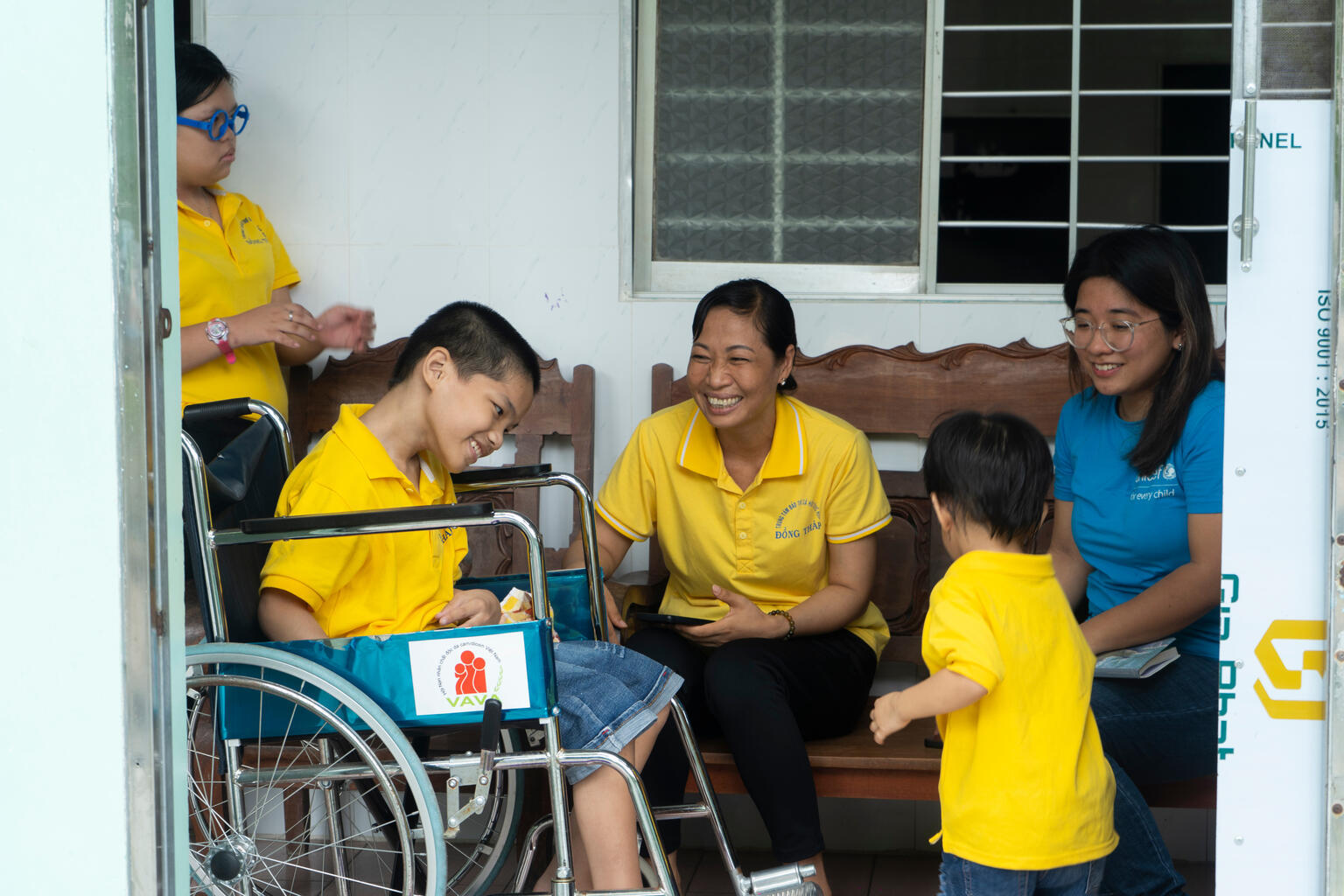
8. Make disability inclusion a regular feature in your plans
When you develop Humanitarian Needs Overviews (HNOs) and Humanitarian Response Plans (HRPs), ensure that disability inclusion is well reflected as an important basis for an inclusive response. We’ve put together some resources with good practices and examples to help you.
>> GNC Technical Alliance – HNO and HRP 2022: Nutrition and Disability review and tip sheet
If you have questions or would like support to better address the needs of persons with disabilities in your nutrition response, members of our Disability Inclusion Working Group are available to help.
Request support from a Technical Advisor or submit a question here.
